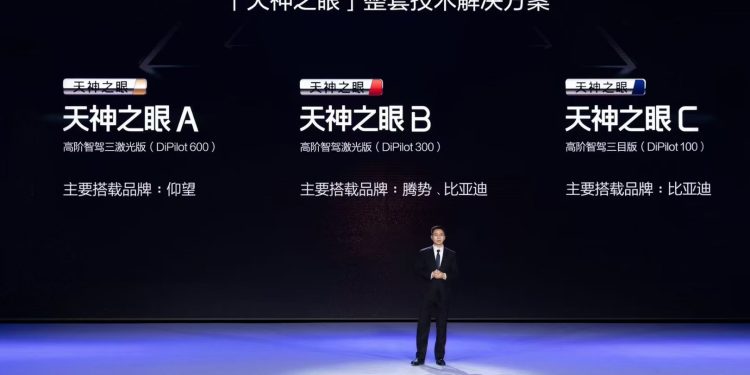BYD rolls out free autonomous driving features across entire range – but NZ will have to wait
BYD has announced a major rollout of its smart driving technology, equipping all its cars in China with driver assistance systems – and doing so at no extra cost.
The move is set to shake up the Chinese market, with even BYD’s most affordable model, the Seagull, which now benefits from base-level autonomous functions. The company has divided its “God’s Eye” system into three tiers:
- God’s Eye A (DiPilot 600) – Featuring up to three lidar units, this system is reserved for ultra-luxury Yangwang models.
- God’s Eye B (DiPilot 300) – Equipped with a single lidar unit, it will be fitted to premium Denza models and high-end BYDs like the Han and Song.
- God’s Eye C (DiPilot 100) – A camera-based system without lidar, this covers the rest of the line-up, including entry-level models.
BYD Chairman and President Wang Chuanfu has previously stated that “safety is the greatest luxury”. At the launch event, he reinforced the idea that advanced driver assistance systems (ADAS) will soon be as essential as seatbelts and airbags.
China’s appetite for urban autonomous driving has surged, with brands like Li Auto, XPeng, NIO, and Huawei leading the charge. BYD’s strategy aims to make smart driving technology more accessible across the market, even for budget-conscious buyers.
The technology has been added to 21 models – 11 in BYD’s Ocean series and 10 in the Dynasty series – without any increase in price. Unlike many competitors, BYD is not charging an up-front fee, raising list prices, or introducing subscription costs for the new features.
The company has spent seven years developing its autonomous driving platform, investing over 5000 engineers into the project. More than 4.4 million BYD vehicles already have at least Level 2 driving assistance, and the latest updates apply to both its hybrid (DM-platform) and fully electric (e-platform) models, which now support the Xuanji Architecture.
Notably, BYD’s off-road brand, Fangchengbao, was absent from the announcement, as it is moving towards Huawei’s Qiankun system. The Bao 8 already features this technology, while the upcoming Bao 5 has been spotted with a lidar unit.
That could raise some questions for the Shark 6 ute, which shares elements of its platform with the Bao 5.
What about New Zealand?
BYD New Zealand brand manager Warren Willmot has confirmed that the new smart driving systems will eventually be introduced here, but not anytime soon.
“The answer is yes, but it is potentially several years away for New Zealand yet,” Willmot says.





